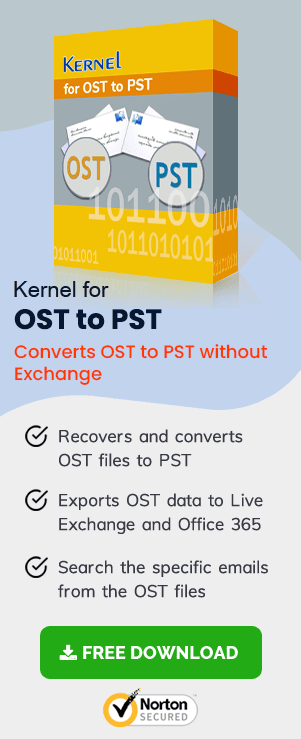Some users got orphaned OST files or need to move their Exchange mailboxes to an email client that is supported in the new organization or looking for a switch in the same organization. OST files stored locally on the systems are also prone to corruption and need data recovery when the Exchange Server is down or under maintenance.
The need for migration from OST to MBOX might arise to some users, but before jumping directly to the process, let’s discuss OST, MBOX and why you might need to migrate your data from OST to MBOX.
What is Offline Outlook Data File (.ost)?
An OST (Offline Storage Table) file enables users to work offline, and once the server connection is available, Outlook synchronizes new work or any change in work, so that the user can have access to all the emails, attachments, reminders, and events anytime when required.
Outlook accounts such as IMAP, Exchange, Outlook.com and Office 365 use an OST file to store & synchronize a copy of the mailbox on the local computer. So, in cases of network interruption, Wi-Fi unavailability or Airplane mode, the work productivity wouldn’t be affected at all.
What is MBOX?
MBOX file extension is used for the text file that stores and organizes email messages. MBOX stands for MailBOX. It is the most common format which is used for storing email messages on the hard drive. An MBOX file is a single, long, text file which is a concatenated string of email messages, starting with From, the header of the message. MBOX files are recognized by email clients like Mozilla, Thunderbird, Microsoft Entourage, and Qualcomm’s Eudora.
Why might you need to migrate data from OST to MBOX?
There are many situations when you can think of migrating your Outlook data from OST to MBOX like Exchange downtime, OST file corruption, etc. As stated above, OST file is a copy of your mailbox data on the Exchange server and is stored on the local system’s hard drive.
Assume, if your original mailbox (on the server) is corrupt and the data in the OST file stored on your machine is corrupt too. It would be impossible then to gain access to your data.
In cases like above, data migration from OST to MBOX comes handy.

Above are the common queries from many users, who asked for a method using which they can migrate from OST to MBOX with ease and no loss of data at all. There is no native method for such migration; you have to use a professional tool for migrating your OST file data to MBOX.
Migrate Data from OST File to MBOX
For migrating your data from OST file to MBOX, OST Recovery is the best find available on the Internet. KDR tools offers migration of data from OST to MBOX along with features for file repair and recovery. Also, the tool recovers user mailbox(es) from orphan OST files, converts large OST files, recovers permanently deleted mailbox item(s), and exports to many available file formats.
For migration, download the tool, and follow the steps below:
- Open OST recovery tool, click Select File, select the OST file, and click Next.
- Once you have read the process information, click Finish.
- Wait for the scanning process to complete. The dialog will show you that it’s looking for each & every file of your mailbox folder. And if you don’t want files of that particular folder, you can click on the Skip button.
- Upon completion of scanning, you can now preview the contents of your OST file. In this preview screen, you can select all or specific files or folder(s) as you require in section (1), clicking on a file/folder; sub-items (contents) will be shown in section (2).
- Click Save file, then select MBOX file format, and click Next.
- At this stage, you can apply various filters to refine the content (OST file items) as per your needs like From, To, Subject and more as shown below. Once you’re done with filters, click Next.
- Select the preferred email client you wish to migrate to (for this article we’ve selected Thunderbird), browse for the path where you wish to save the file, and click Finish.
- Wait for the tool to Finish the saving process.
- Click OK.

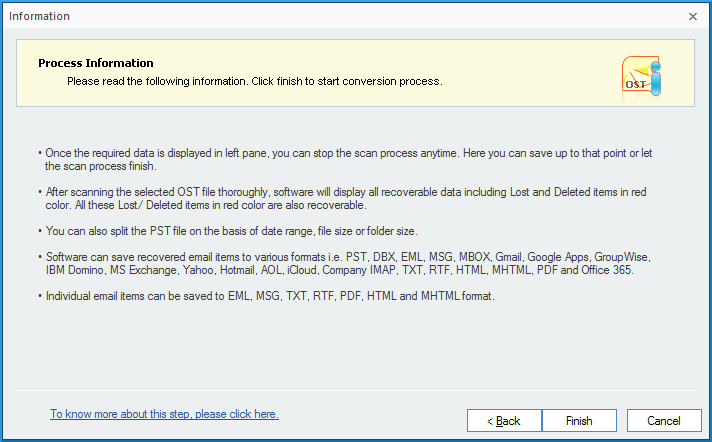
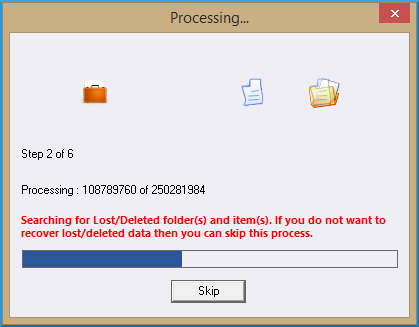
You can read the whole email message by clicking on it in section (3), and once you are sure of what you want to transfer/migrate/recover/repair, select a file format in which you want to export/transfer/migrate your OST file data.
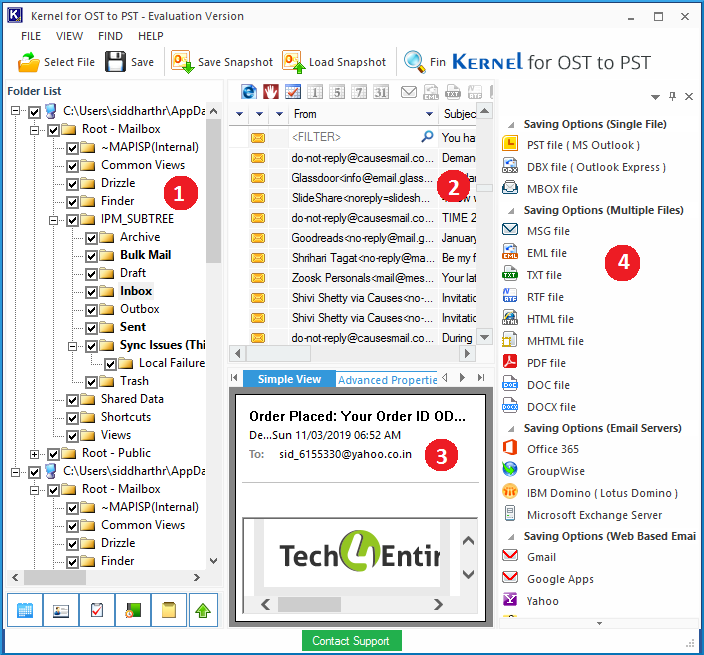
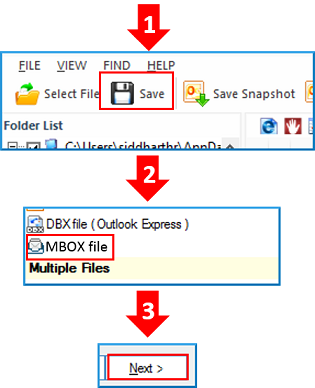
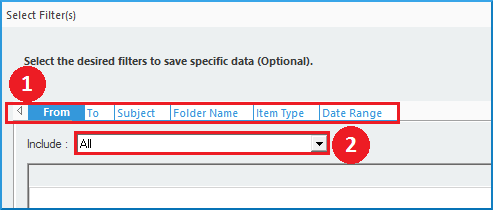
Note: To limit the file size you can check the Enable deleted items while saving checkbox.
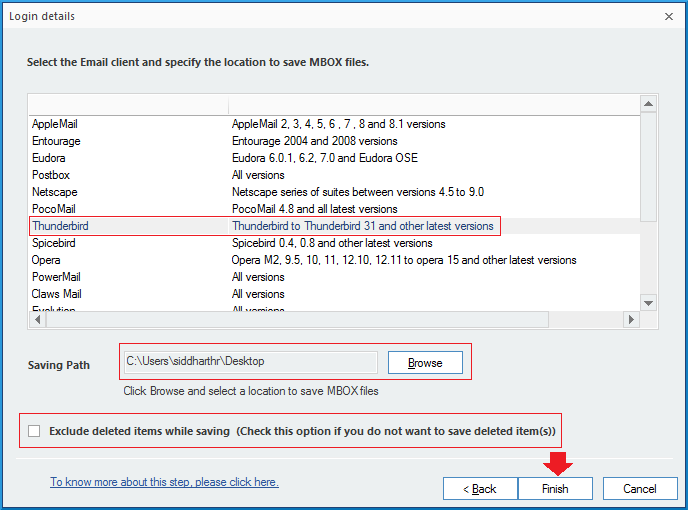
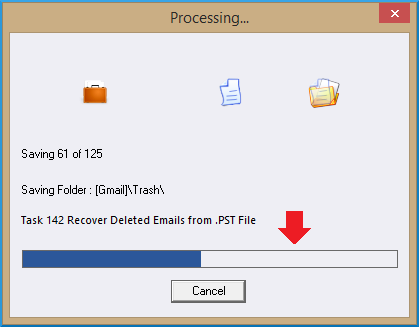

Conclusion
Migration data from Outlook OST file can be tricky if the right tool isn’t chosen and the correct steps aren’t followed. OST Recovery tool covers file & data corruption issues, offers migration to multiple email clients, repairs OST file(s), recovers data from OST file(s) and much more. The tool also helps in situations when you’re unable to access OST in MS Outlook 2016, you can gain access back to your important data with this tool.

